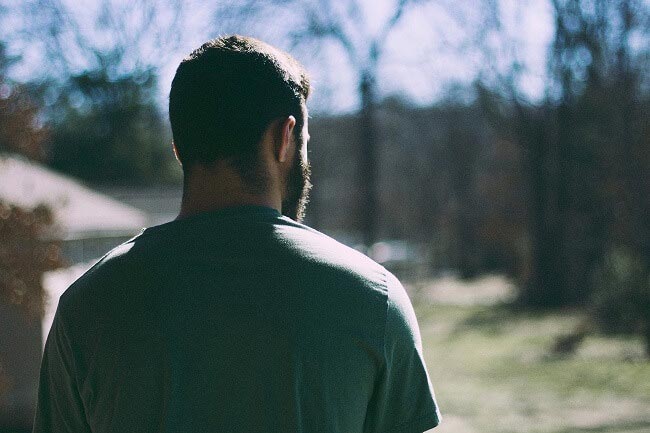The sad fact is that there are thousands of overdoses happening in the US every day. For the last year or so, over 120 of these daily overdoses were fatal, but there were many more where the person survived.
They are unintentional overdoses, and are truly near-death experiences. The unintentional happens when the drug user takes so much of an opioid--often in combination with benzodiazepines or alcohol--that they almost stop breathing and come within minutes of dying. But fortunately, they are revived with Narcan (Naloxone). Overdoses are much more common now that fentanyl is being mixed into heroin and frequently it is being mixed into pills that are sold on the street as prescription drugs.
What is especially tragic about this situation is most of these non-fatal overdose patients are revived by rescue squads or in Emergency Rooms, but are then discharged back into the same environment - and of course, almost all of them immediately resume their drug use.
Many people who have recently had an overdose are very ready to change. The reality that their addiction has almost killed them is quite powerful. All people with addictions have two competing voices in their heads:
- One that tells them things aren't that bad and there is no need to change right now.
- The other voice is telling them that this is horrible and dangerous and needs to stop.
An overdose can change the balance of those two voices. Given the right intervention many of these people will be willing to start a recovery program.
Some states, like Vermont, have instituted a hub and spoke system to provide an immediate intervention. The goal is that every overdose patient is evaluated at that time by a substance-abuse and mental health professional and encouraged to start a treatment program. Frequently, they are stabilized on medication assisted treatment in the "hub", and then sent out along the "spokes" to regional programs which provide local counseling and treatment. It is a fantastic intervention that should save many lives. A new monthly injection of buprenorphine, called Sublocade, is also being tested to see if it can be helpful. (For more information on Sublocade, see the Ask The Doctor article in this newsletter)
Another way to help patients after an overdose would be to keep them in a hospital for a few days, complete their detox and then start them on a naltrexone implant or a Vivitrol injection. Then, they would be completely abstinent and able to participate in an outpatient or an inpatient treatment program.
The evidence from brain studies is more and more clear. When patients are using opioids, their brain is not processing information and making good decisions. Their ability to accurately assess risks and consequences is greatly diminished as is their ability to accurately assess emotions like fear, remorse, and guilt. Drug users genuinely believe that things are not really that bad. An overdose event can crash through that wall of denial and force the user to see reality, but only for a short period of time. There is a window of opportunity for people to make a change, and experience shows that the window closes very quickly.
Going forward, we can only hope that systems and processes are established between insurance companies, emergency providers, hospitals, and treatment programs so that we can seize this opportunity for having patients directed into long-term recovery as often as possible. We all need to be able to reach out to help patients when they are the readiest to accept help and most ready to change.
Peter R. Coleman, MD


